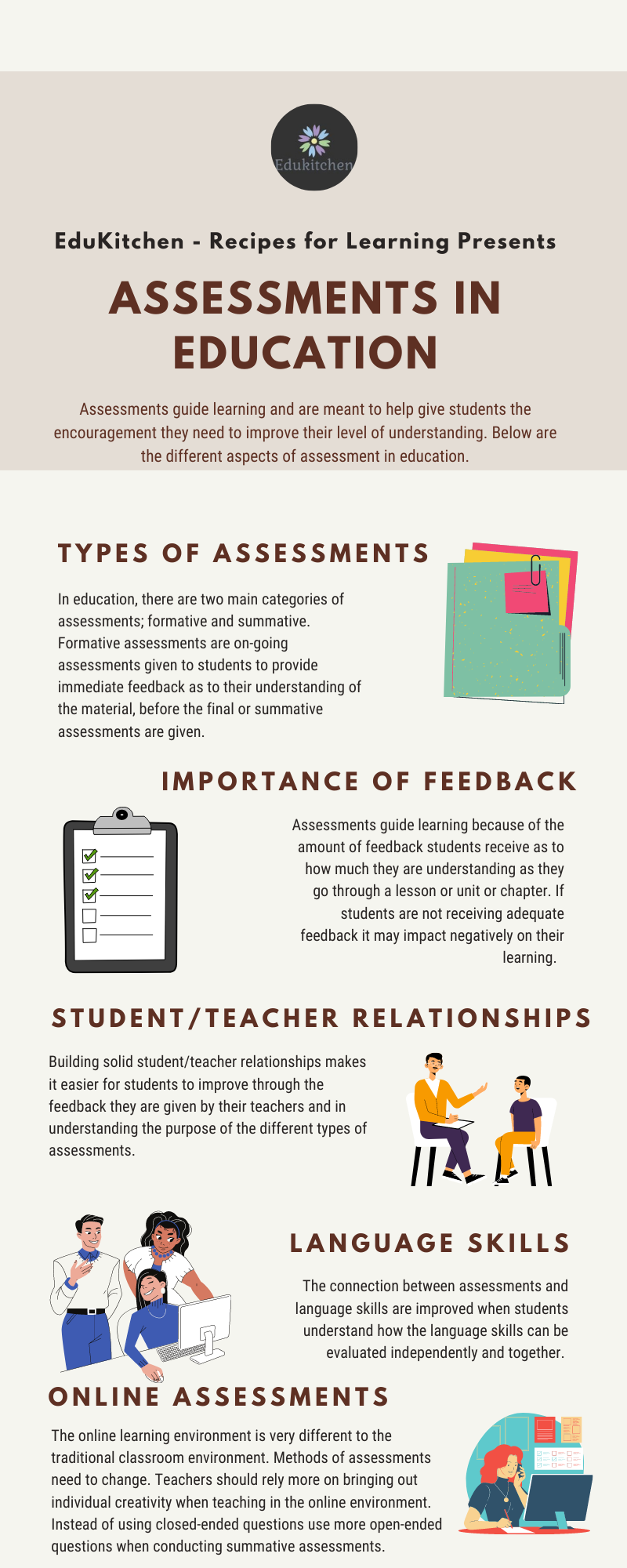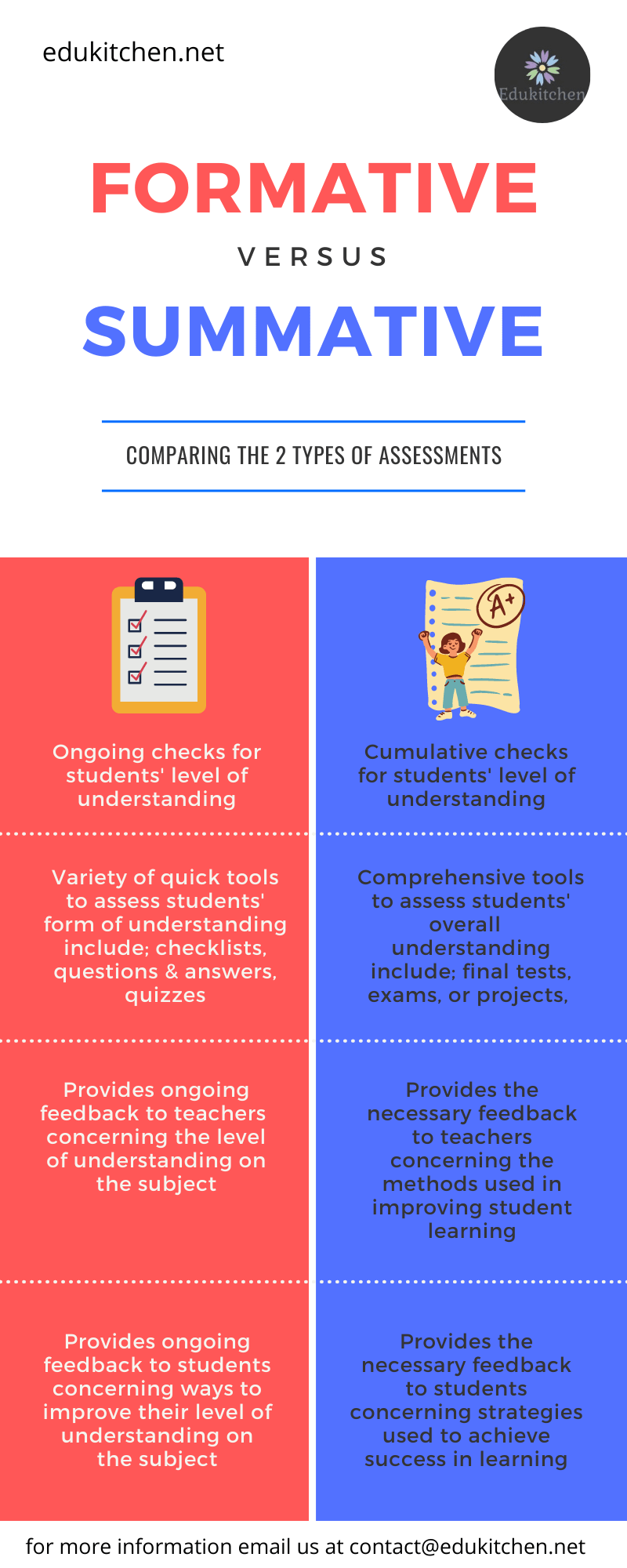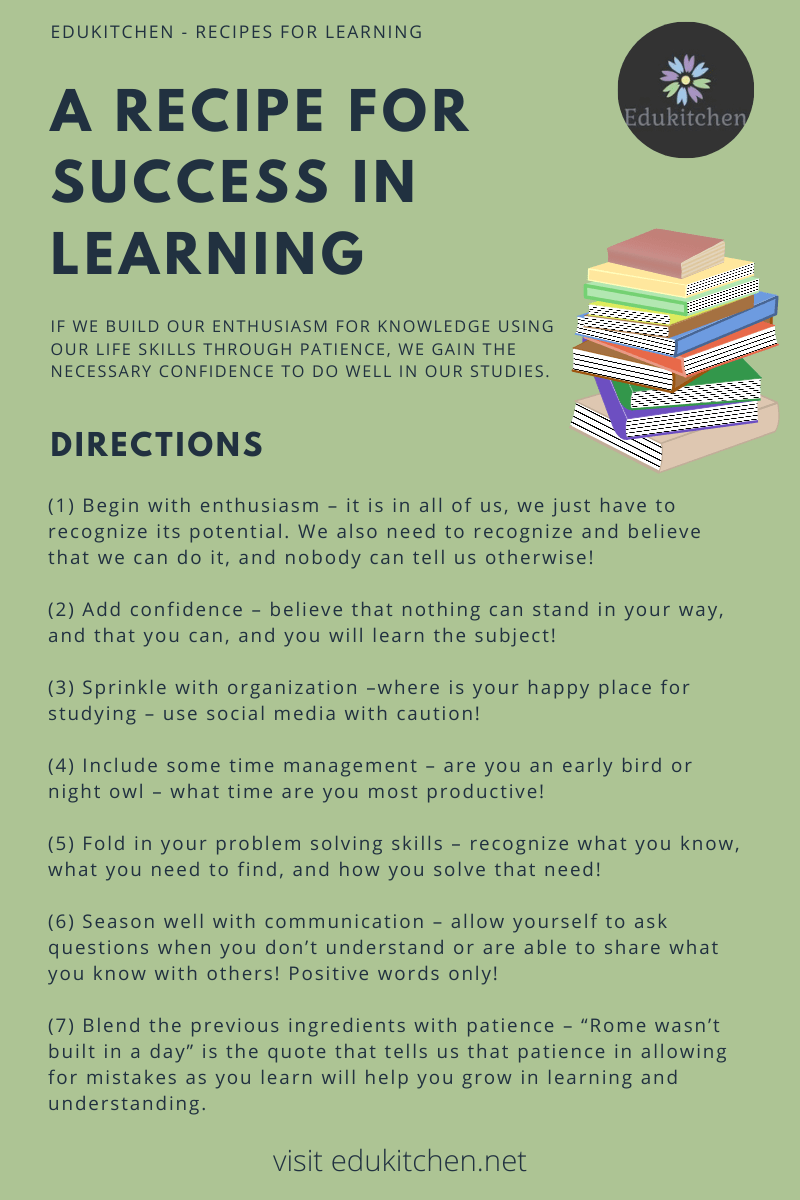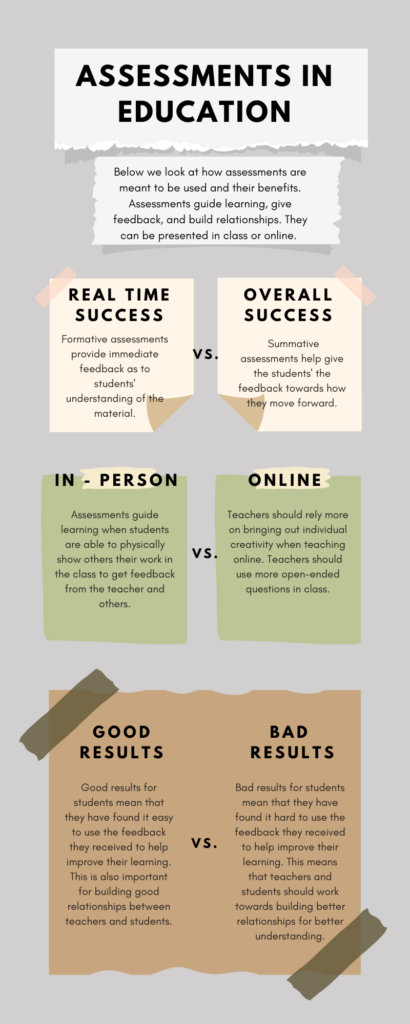In this article we focus on how to use summative assessments in homeschooling activities, their connection to learning, and how they best serve children in the homeschool classroom.

As homeschooling continues to gain popularity, many parents are exploring various ways to evaluate their children’s learning. Summative assessments, which evaluate student learning at the end of an instructional unit, are a valuable tool in this process. But how do these assessments fit into the unique context of homeschooling? Let’s dive into the role of summative assessments and their relevance in a homeschool setting.

This blog contains affiliate links to highlighted websites and/or resources. By clicking on the link and making a purchase we may earn a small commission at no extra cost to you. Click here for full disclosure.
Assessments provide important feedback on learning, and so lesson plans must include references to them in order to be effective. In understanding at assessments, we look at how assessments are defined, their connection to skills building through proper questions, and how best to use them in any classroom.
The Purpose of Summative Assessments in Homechooling
In this article we look to understand the purpose behind summative assessments in homeschooling classrooms.
This will make it easier to see how to use them to bring out the best in students and their abilities.

Once homeschooling parents use summative assessments to understand their children better, then they can begin to introduce differentiated instruction methods to help students be at their best.
With summative assessments, the root word of sum or “total” means that the intent of this assessment is to conclude a students’ overall understanding on a particular chapter or unit of study.
The most common type of summative assessments are:
- chapter or unit tests
- mid-term exams
- final exams
- final projects
- final presentations
These types of assessment are considered formal, and feedback is only offered in certain situations. Watch our video below to see how summative assessments in homeschooling classrooms can be used, just as they are used in the traditional classroom.
Summative assessments in homeschooling may bring anxiety to students, especially when it comes to time to taking the test. But if students see the benefits of these assessments, and understand their purpose, their anxiety levels will often go down.
Parents may find many resources online to help with summative assessments in homeschooling classrooms including our websites:
Along with TPT, IXL is another online resource homeschooling parents can find summative assessments to help their curriculums. Learn more about IXL below.
IXL and Summative Assessments in Homeschooling
IXL and Summative Assessments in Homeschooling
Using IXL for summative assessments in homeschooling provides a structured way to measure student progress while offering personalized learning opportunities. IXL’s adaptive technology helps students master skills at their own pace, ensuring they fully grasp concepts before moving on.
Homeschooling parents can use IXL’s analytics to track performance, identify strengths, and pinpoint areas that need improvement. Summative assessments, such as end-of-unit quizzes and progress checks, help evaluate overall understanding and readiness for the next level.
IXL’s Diagnostic is a easy to use tool that reveals exactly what your child know and helps you take actionable steps to foster growth at every level. Check it out today!

By combining IXL’s real-time practice with well-planned summative assessments, homeschoolers can create a balanced and effective evaluation system.
Summative Assessments and E-Learning at Home
With the rise of technology, online learning has become a popular component of homeschooling. Parents can leverage various online resources, including educational platforms, interactive courses, and virtual classrooms, to enhance their curriculum. This blended approach combines the flexibility of homeschooling with the vast resources available on the internet, offering students a diverse range of subjects and materials.

However, parents found they had less control as to the kinds of assessments available online.
And so when they ask a question, how can they be sure this question won’t be shared with others through their mobile phones to help get answers to questions?
Summative Assessments Video
So then the question remains, how should summative assessments change in the online classroom?
If your homeschooling child becomes part of an online classroom, our video below shows how online teachers may change the form of summative assessments to help avoid cheating during tests.
The answer is to have more open-ended cumulative tasks over traditional test questions such as multiple choice, matching, or fill-in-the-blanks.
Open-ended questions are harder to cheat from than closed-ended questions.

Some examples of summative tasks that can replace traditional test questions include;
In the end, if students are going to cheat they will try regardless if it’s in the in-person class or in the online class.
In order to minimize this from happening in either classroom, teachers need to emphasize to students the consequences for anyone caught cheating before beginning the actual assessments.
One other strategy that works in trying to stop students from cheating during an online assessment is to create the assessment with “how easy is it to cheat” in mind!
Formative vs. Summative Assessments
Teachers who have worked well with students during the formative assessments may find that the results of the summative assessments are much higher.
Here we have an infographic showing the main differences between formative and summative assessments.

Shop this product and similiar ones in our digital store.
Join us below to sign up to receive this infographic and other digital resources to use in the classroom.
Related Topics
Connect to our other pages as you navigate through our website. Explore what these pages have to offer you and you will be glad you did!
- 5 Classroom Management Strategies for Homeschooling
- How to Use Formative Assessments in the Homeschool Classroom
- 7 Tips for Homeschool Lesson Planning
- 5 Important Tips for New Homeschooling Teachers
- The Influence of Parents on Education Policy
Join Our Newsletter Community Today!

Final Thoughts…
Assessments in education help guide policy decisions, and are meant to improve on teaching and learning strategies. There is no one size fits all type of assessment as learners have different preferred styles of learning.
Summative assessments in education help give the necessary feedback to students when it comes to how well they understood the concepts in the unit.
Here is our assessments in educationinfographic available in our Canva library:

However, more effective summative assessments cover the varying learning styles students can have.
Summative assessments of this nature may be more complicated than standardized tests, but in the end the benefits of the more open-ended assessments help students develop more divergent thinking.
For more on teaching strategies from EduKitchen – Recipes for Learning, click here.
EduKitchen would like to hear from you! Let know your thoughts in the comments below on how best to assess students in the classroom whether you are or are not a teacher! Connect with us on social media!



